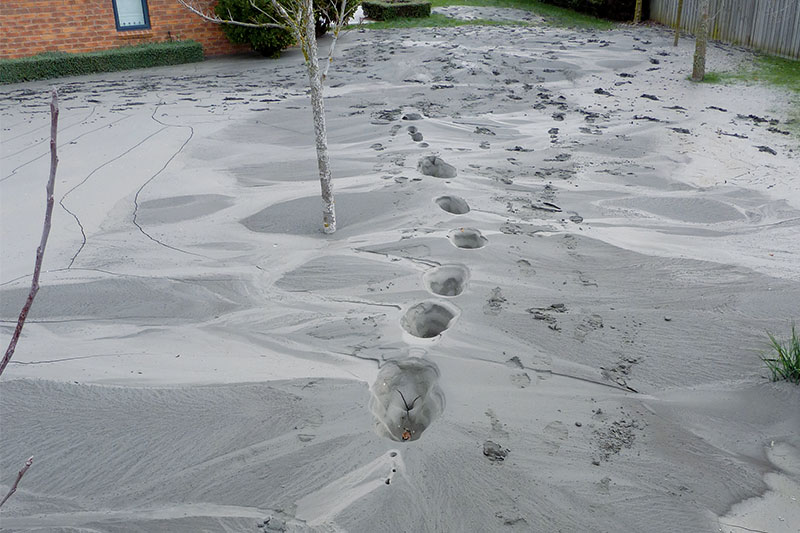Liquefaction - mitigating hazards
Section outline
-

Overview
The NZ Geotechnical Society's liquefaction guideline was published just before the Canterbury 2010-2011 earthquakes. With learnings from the earthquakes, this guideline was updated as part of the series 'Earthquake geotechnical engineering practice guidelines' Module 3: Identification, assessment and mitigation of liquefaction hazards
This course will:
- >help you navigate Module 3
- show you where you can find the information
- go over the key changes from the first edition guidance.
Details
Audience
This course is designed for:Geo-professionals with a background in soil mechanics and soil liquefaction theory.
The 2010-2011 Canterbury earthquakes caused liquefaction throughout the area.
This caused lateral spreading, settlement, foundation failures, subsidence near waterways and large volumes of sediment ejecta.
Around half the total economic loss from the earthquakes could be attributed to the liquefaction and rockslides.
This course provides an overview of what topics are in Module 3 and the key changes from the original NZGS Module 1.
Time
Approx 30 minutes
How to complete
New Zealand is a high earthquake hazard region and earthquake considerations are integral to the design of buildings.
Many buildings in the Christchurch CBD were on shallow foundations and some of these were badly affected by liquefaction including excessive settlements and tilting from the Canterbury earthquakes.
Though the level of shaking in the Canterbury earthquakes far exceeded even the ultimate limit state (ULS) design level of shaking, a better understanding of site geotechnical performance during earthquakes is desirable. This should lead to better foundation performance in order to achieve greater resilience and reparability for the building stock.Useful Links
Module 3 - Identification, assessment and mitigation of liquefaction hazards Bridge manual, NZ Transport Agency Planning and engineering guidance for potentially liquefaction-prone land. Liquefaction triggering procedures, Boulanger and Idriss 2014.
